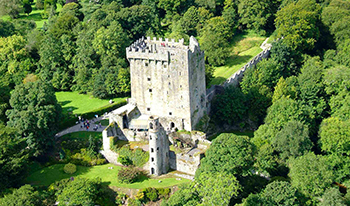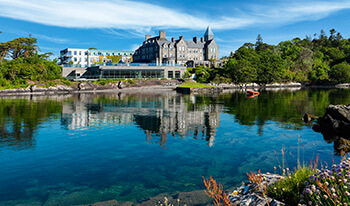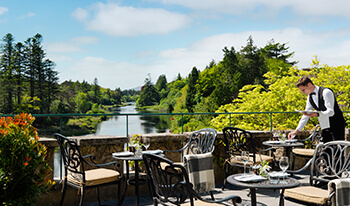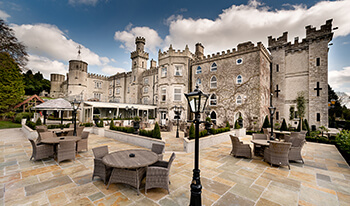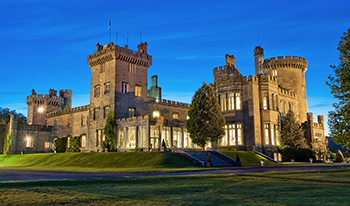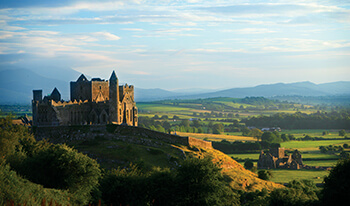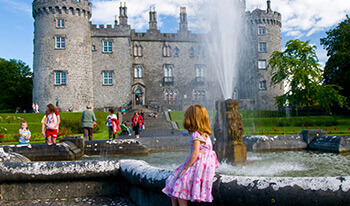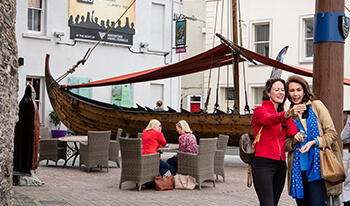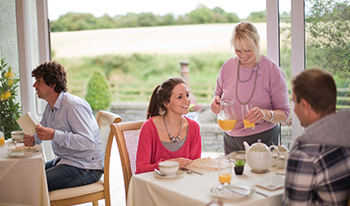Cahir Castle (Irish: Caisleán na Cathrach), one of the largest ancient castles in Ireland, was built in County Tipperary in 1142 by Conor O'Brien, Prince of Thomond, on an island in the river Suir. Standing tall, the castle appears to grow out of the rock, now situated in the town centre, Cahir castle is well preserved and has a guided tour and audiovisual show in multiple languages. The castle tour will take you down spiral staircases as well as into the deep dark prison dungeons. It is one of the best preserved standing castles of Ireland.
In 1375, the castle was granted to James Butler, newly-created Baron of Cahir, for his loyalty to Edward III. The Butlers of Cahir sided with the Irish in the Elizabethan wars, and in 1599 the castle was captured after a three day siege by the army of the Earl of Essex and was for a year put under the charge of Sir Charles Blount.
During the Irish Confederate Wars the castle was besieged twice. In 1647 George Mathew, the guardian of the young Lord Cahir, surrendered to Lord Inchiquin following his victory at the battle of Knocknanauss. In 1650 he surrendered again to Oliver Cromwell, during his conquest of Ireland without a shot even being fired.
While exploring Cahir Castle some other facts are:
The Great Hall was partly rebuilt in 1840.
In 1961 the last Lord Cahir died and the castle reverted to the state.
The castle was built in two parts, with the side now by the street being built 200 years before the side now housing the audio-visual show.
Cahir Castle was built originally in the 13th century on a site of an earlier native fortification called a cathair (stone fort), which gave its name to the place.
Granted to the powerful Butler family in late 14th century Castle enlarged and remodelled between the 15th & 17th century. Fell in ruin in the late 18th century Partially restored in the 1840s Presently managed by Duchas.
